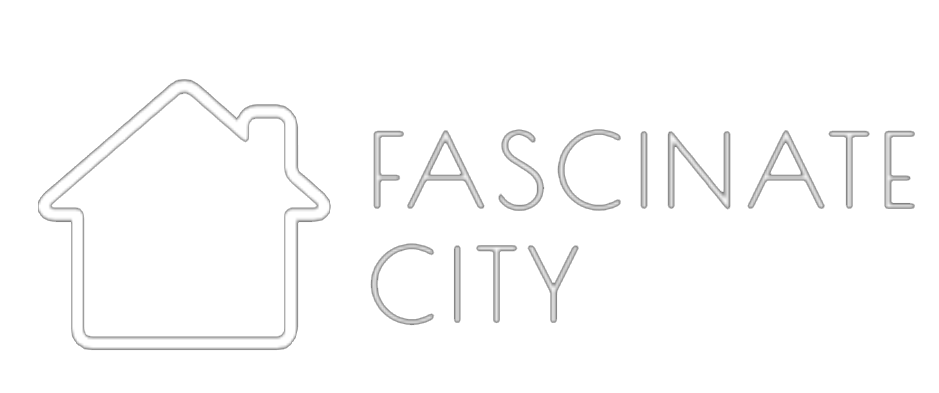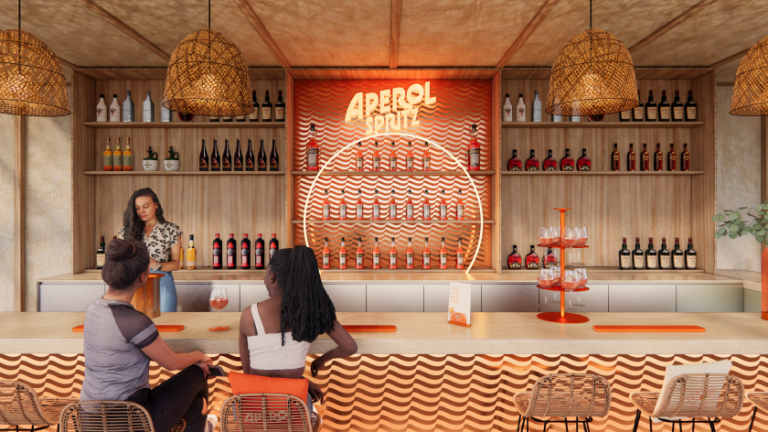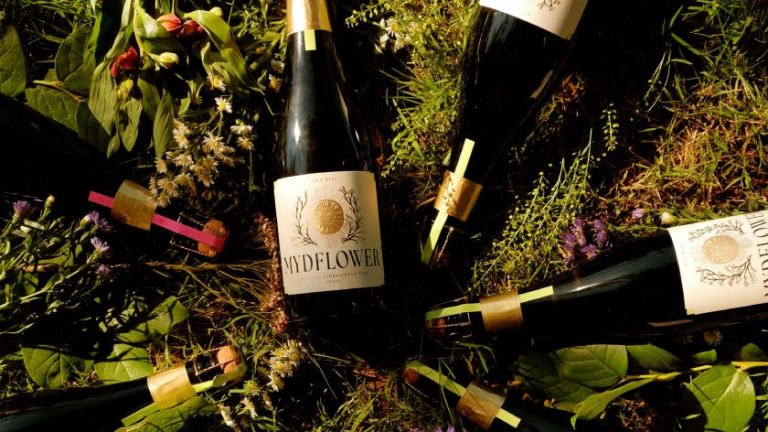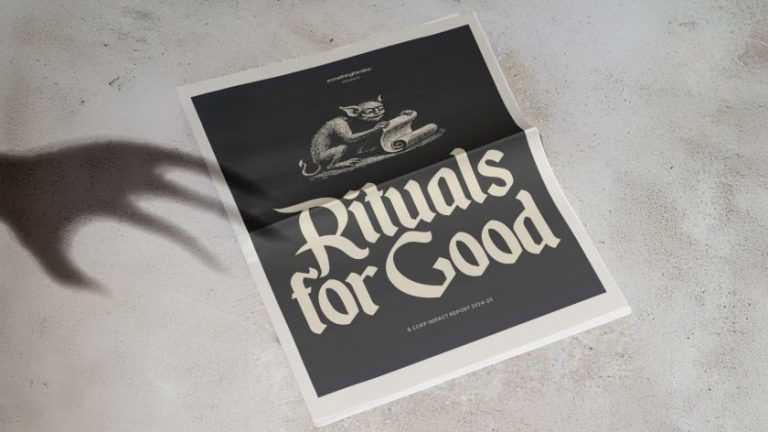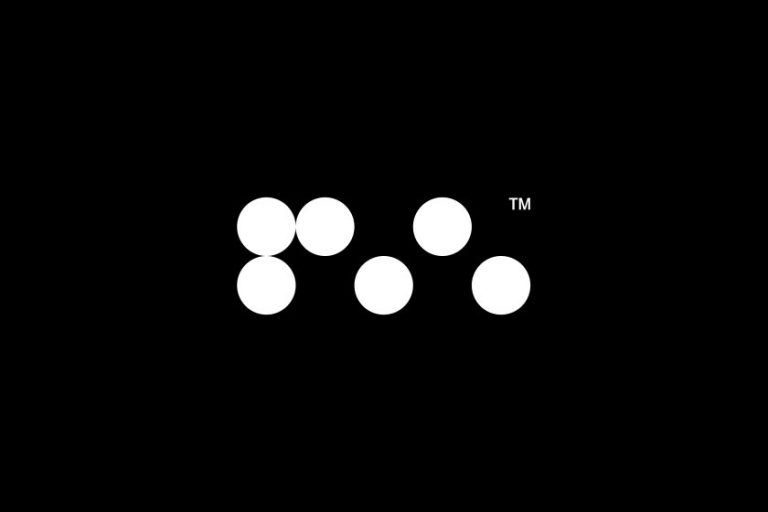Image licensed via Adobe Stock
In the second of our new advice series, creatives share their hard-won wisdom on surviving feast-or-famine cycles, late payments and the perpetual anxiety of freelance finances.
Welcome to the second in our new agony aunt series, Dear Boom. This week’s dilemma comes from an anonymous creative experiencing something painfully familiar to most of us.
“It’s nearly September, and summer has been painfully quiet,” they say. “I’ve been living off scraps, waiting weeks to get paid, and stressing about cash flow. I love freelancing, but the feast-or-famine cycle is exhausting. How do I smooth out the bumps and make sure I’m not constantly broke between projects?”
The response from our followers was immediate and empathetic—everyone’s been there. But more importantly, we got tons of practical wisdom from those who’ve learned to navigate these choppy financial waters the hard way.
We share some of their best advice below, while you can read the full discussion on Insta and our own community The Studio. (Not joined The Studio yet? Do it now: it’s free!
Build your buffer (and protect it fiercely)
The most consistent advice from seasoned freelancers? Create a financial safety net and guard it with your life. Digital designer Neil Richards, who’s been freelancing for 17 years, puts it bluntly: “My tip has always been buffer. Having a reserve you never touch really helps to ease the anxiety. And when you are in the ‘Feast’ stage, replenish the buffer before anything else.”
Photographer and studio owner Holly Booth agrees. “We always make sure we’ve got a set amount to one side, which we only touch in an emergency,” she says. “Also, deposits help spread payment and mean you’re not chasing for the full fee after the work’s done.”
Of course, building a buffer is challenging if clients are slow to pay. Illustrator Abby Cook swears by a two-step approach. “Add late payment fees to your contract, and don’t be afraid to remind people when an invoice is overdue,” she advises. “Money is owed that you are due: it’s as simple as that.” Photo retoucher Sandrine Bascouert enforces this perhaps more rigidly than most of us. “I have a seven-day policy and statutory 8% for late payments,” she reveals. “But I rarely have to enforce it. Just reminding clients of the terms usually speeds things up.”
And when politeness fails, creative director Veronica Lethorn suggests clear, yet kind, honesty. Following the advice of a friend and mentor, she recently chased an overdue invoice by texting this: ‘Just touching base about the invoice I shared that’s now overdue. I’m under a bit of financial pressure at the moment — any indication of when it will be paid would be great.’ The client replied immediately and expedited payment. Veronica’s takeaway? “We can be firm and kind, and it’s fine to remind bigger businesses that contractors aren’t as financially buoyant.”
Diversify your income streams
One of the best ways to make sure money keeps coming in, says designer and artist Matthew Gallagher, is to diversify across both client sectors and income types. “In this day and age, it is important for creatives to make sure their eggs aren’t in one basket,” he says.
Living and working in Florida has taught him this the hard way: when tourism-dependent clients struggled, having work in other sectors, plus selling his own products, kept him afloat. “Both digital products and real ones can provide some residual income, which can support your business and lifestyle through good times and bad,” he notes.
There are many other ways of building passive income, Sandrine adds, including licensing, creating courses, and public speaking. Just don’t wait until a cashflow crisis to start: these are long-term projects that typically take a while to get off the ground.
Structural changes that smooth the ride
Many of our contributors talked about how they structure their businesses to guard against future problems. For example, graphic designer Ajay Bansal advocates for deposits and retainers. “Always take a deposit of 30–50%,” he urged. “You’re not a bank. Retainers beat one-offs. And a couple of steady clients equals less stress.”
Designer Rachael Otterwell echoes this advice. “Try and secure a retainer contract with a client so you can plan ahead financially,” she says. “Try and work with larger organisations who can afford the investment and who are looking for maintenance, rather than work on a project-by-project basis.”
Branding and graphic designer Kosho Sugiura, meanwhile, applies a systematic approach based on painful experience. “I impose several rules on myself,” he says. “Always create a contract and make sure all terms are clearly documented. Do not start work without paying an advance of a minimum 25%. Introduce milestone systems such as interim payments. If something feels strange, trust your instincts.”
Bookkeeping and business strategist Tracy Dobson takes this further, advocating for payment on receipt: “Your business. Your terms. My terms are payment on receipt in advance and with strict reminders automated, so I still don’t need to personally chase.”
The long view
What strikes me most about all this advice is how it challenges the feast-or-famine narrative many freelancers accept as inevitable. Yes, income will fluctuate: that’s the nature of client work. But the most successful creatives don’t just endure the cycle; they actively manage it.
In other words, the best defence against cash flow stress isn’t crossing your fingers and hoping for better clients. It’s building systems that protect you when things go wrong and capitalise when they go right.
Feast-or-famine doesn’t have to control your life. With the right systems, mindset, and community support, you can weather the storms and make the most of the sunny days. After all, as Holly reminds us: “We’re still here breathing, right?”
